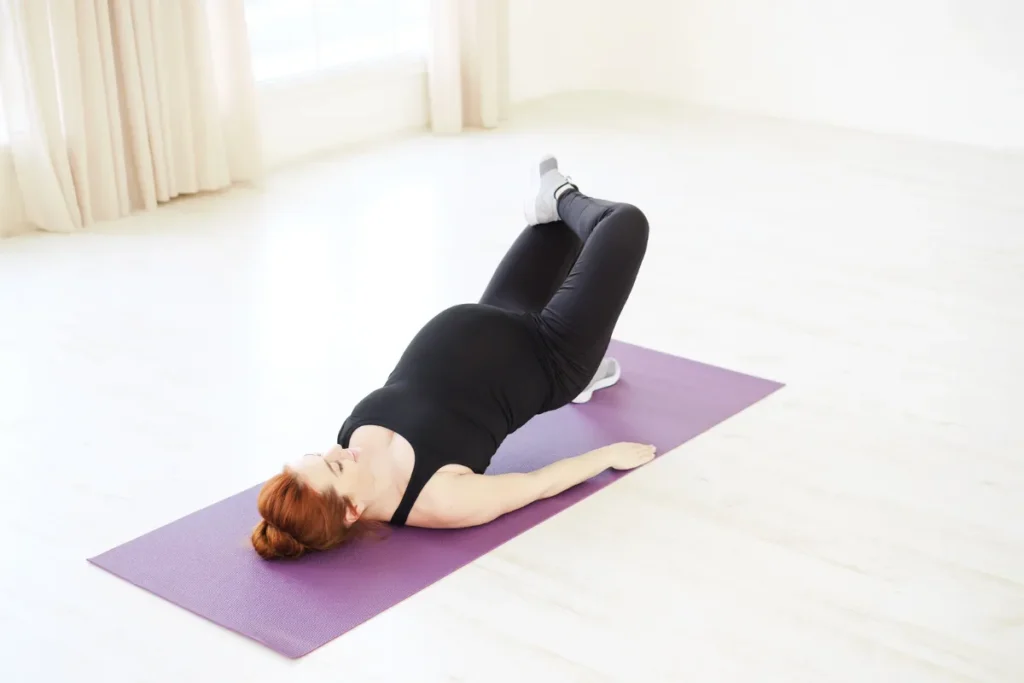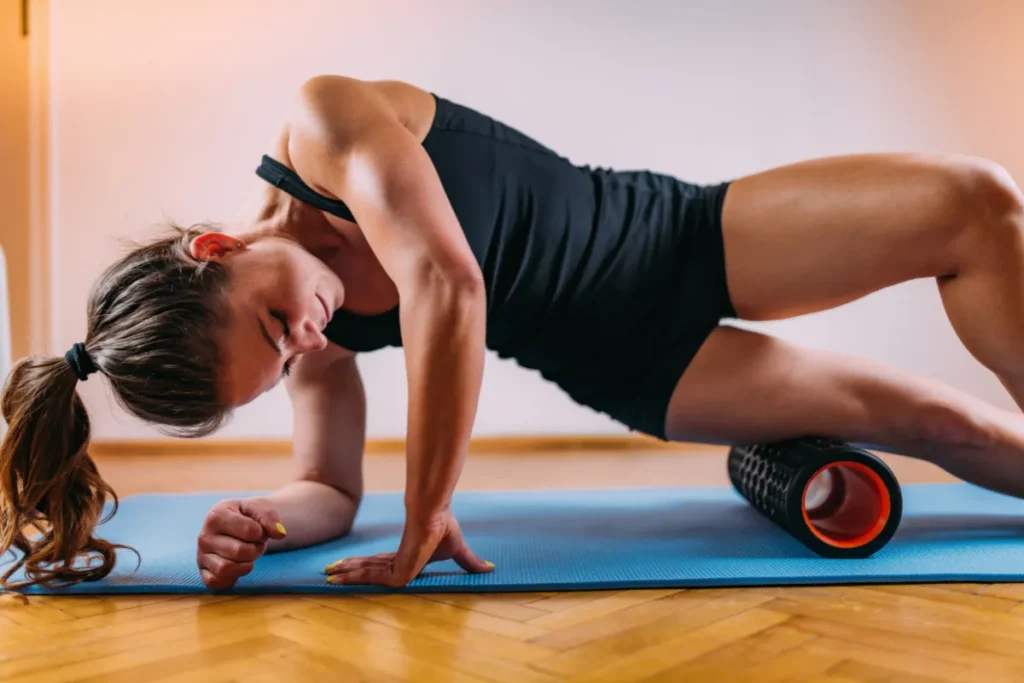Flexibility is often overlooked when considering elements of fitness and health.
However, its importance cannot be overstated.
While strength and cardiovascular fitness receive ample attention, flexibility is equally vital for overall well-being.
Flexibility refers to the ability of muscles and joints to move through their full range of motion.
Incorporating flexibility exercises into your routine offers numerous health benefits, both physically and mentally.
In this article, we explore why being flexible is great for your health.
Physical Benefits of Flexibility:
Enhanced Range of Motion:
One of the primary benefits of flexibility is an increased range of motion in joints and muscles.
Improved flexibility allows for easier and more fluid movements, reducing the risk of injury during physical activities such as exercise or daily tasks.
Improved Posture:
Poor posture is a common issue in today’s sedentary lifestyle.
Tight muscles, particularly in the back and hips, can lead to imbalances that contribute to slouching and discomfort.
Flexibility exercises help lengthen tight muscles, promoting better alignment and posture.
Injury Prevention:
Flexibility plays a crucial role in injury prevention by reducing muscle tension and increasing joint mobility.
When muscles are flexible, they can better absorb shock and stress, lowering the likelihood of strains, sprains, and other injuries.
Alleviation of Aches and Pains:
Many people experience muscle tightness and stiffness, especially as they age.
Regular stretching and flexibility exercises can alleviate these aches and pains by promoting blood flow to muscles and releasing tension.
Better Athletic Performance:
Athletes, whether professional or recreational, can benefit significantly from improved flexibility.
Greater flexibility enhances agility, coordination, and overall athletic performance.
It also allows athletes to move more efficiently and with less effort, giving them a competitive edge.
Mental Benefits of Flexibility:
Stress Reduction:
Flexibility exercises such as yoga and tai chi incorporate mindful movement and deep breathing techniques, which can help reduce stress and promote relaxation.
Stretching releases tension not only in the body but also in the mind, leading to a calmer and more centered state.
Improved Mental Focus:
Flexibility training requires concentration and mindfulness as individuals focus on their breath and body alignment.
Regular practice can improve mental clarity and focus, enhancing cognitive function and productivity.
Enhanced Mood:
Physical activity, including flexibility exercises, stimulates the release of endorphins, neurotransmitters known as “feel-good” hormones.
This natural mood boost can help alleviate symptoms of anxiety and depression, promoting a more positive outlook on life.
Increased Mind-Body Connection:
Flexibility training encourages individuals to become more attuned to their bodies, fostering a deeper connection between body and mind.
This heightened awareness can lead to greater self-awareness, self-acceptance, and a sense of inner balance.
Incorporating Flexibility into Your Routine:
Now that we’ve explored the myriad benefits of flexibility, how can you incorporate it into your daily routine? Here are some tips:
Stretching:

Allocate time each day for stretching exercises targeting major muscle groups.
Focus on both static stretches (holding a position for 15-30 seconds) and dynamic stretches (moving through a range of motion) for optimal flexibility gains.
Yoga or Pilates:

Consider attending yoga or Pilates classes, which combine flexibility, strength, and balance exercises in a holistic approach to fitness.
These practices also emphasize mindfulness and relaxation, enhancing both physical and mental well-being.
Mobility Work:
Incorporate mobility drills into your warm-up routine before exercise sessions.
These movements help prepare your muscles and joints for activity, reducing the risk of injury and improving performance.
Regular Massage or Foam Rolling:

Treat yourself to regular massages or invest in a foam roller for self-myofascial release.
Massaging tight muscles and fascia can help improve flexibility and alleviate muscular tension and soreness.
Stay Consistent:
Like any aspect of fitness, consistency is key when it comes to improving flexibility.
Aim to stretch or perform flexibility exercises at least three to four times per week to see noticeable results over time.
Conclusion:
In conclusion, being flexible isn’t just about touching your toes or performing impressive yoga poses.
It’s about enhancing your overall health and well-being, both physically and mentally.
From reducing the risk of injury and improving athletic performance to promoting relaxation and stress relief, flexibility offers a multitude of benefits for individuals of all ages and fitness levels.
By incorporating flexibility exercises into your routine and prioritizing mobility and movement, you can enjoy a more active, balanced, and fulfilling life.
So, stretch, breathe, and embrace the flexibility revolution for a healthier you.

